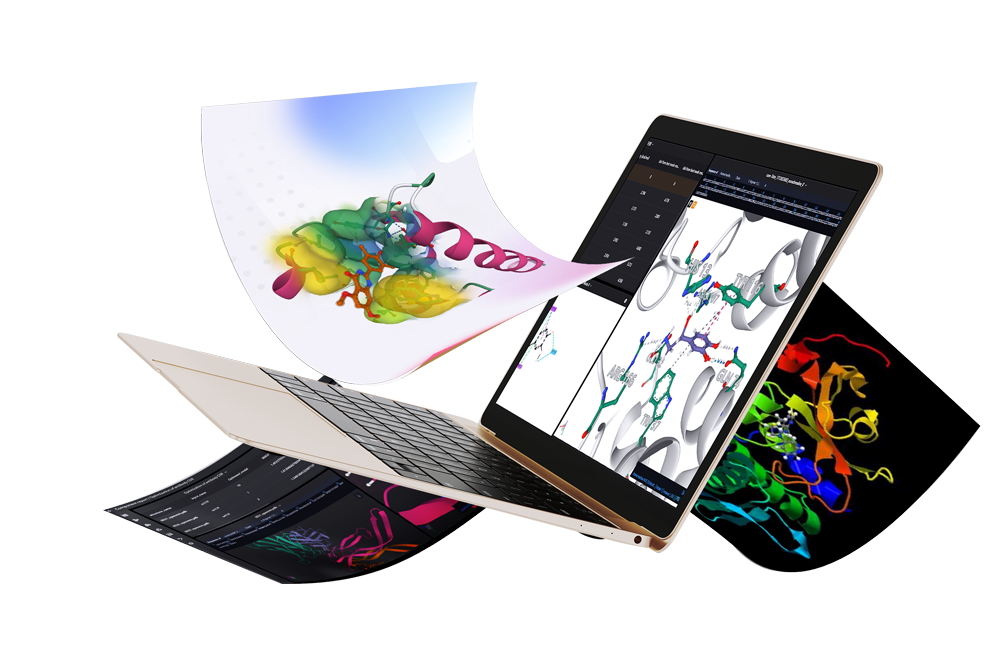Understanding how to do molecular dynamics simulation is vital for advancing research in life sciences, particularly in drug discovery. Molecular dynamics simulations allow scientists to visualize and analyze the behavior of biological molecules over time, offering insights into interactions and mechanisms. By utilizing these simulations effectively, researchers can optimize compounds and improve the success rate of drug development.
Introducing MaXFlow in Life Science
MaXFlow from NeoTrident is an innovative molecular simulation and artificial intelligence platform designed to enhance workflows in drug discovery. By integrating Computer-Aided Drug Design (CADD) and Artificial Intelligence-Driven Drug Design (AIDD), MaXFlow streamlines the research process. This platform specializes in advanced free energy perturbation (FEP) simulations, providing data-driven insights essential for predicting binding affinities and modes of action. As we explore how to do molecular dynamics simulation, MaXFlow stands out as a comprehensive solution that reduces the time and cost associated with experimental validation.
The Significance of Molecular Docking and Free Energy Calculations
When considering how to do molecular dynamics simulation, molecular docking and free energy calculations are fundamental components. These techniques enable us to accurately simulate interactions between small molecules and target proteins, predicting their binding affinities. By employing methods such as the Alchemical Transfer Method (ATM) and perturbation techniques, MaXFlow allows researchers to refine lead compounds and optimize their properties.
The power of these simulations lies in their ability to provide precise data that informs decision-making. For instance, by predicting how different compounds will interact with target proteins, we can prioritize the most promising candidates for further development. This targeted approach not only enhances the efficiency of the drug discovery process but also minimizes the risks and costs of experimental trials.
Moreover, the integration of data and AI-driven insights within MaXFlow further enhances research capabilities. By analyzing large datasets, we gain a deeper understanding of molecular interactions, which can lead to the discovery of novel therapeutic targets and optimized drug candidates.
Conclusion
In summary, exploring how to do molecular dynamics simulation is crucial for anyone involved in life sciences and drug discovery. Our MaXFlow platform provides robust tools for molecular docking and free energy calculations, enabling us to accurately simulate molecular interactions and predict outcomes effectively. By leveraging these advanced capabilities, we can streamline workflows and accelerate innovation in drug development.
For organizations seeking to enhance their research capabilities, we highly recommend NeoTrident. With our commitment to advancing scientific research through innovative solutions, NeoTrident is well-equipped to support your endeavors in molecular dynamics simulations and beyond.



